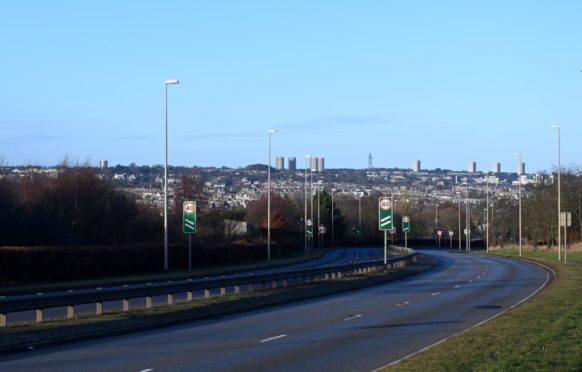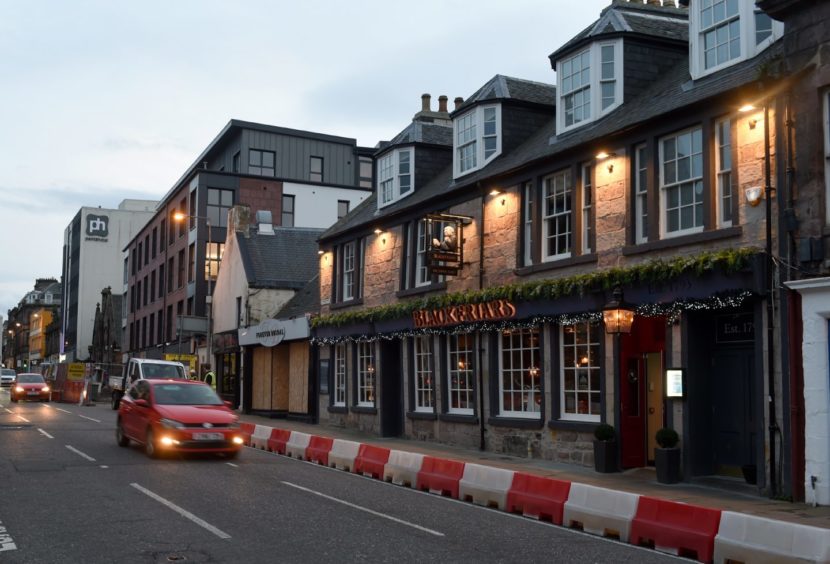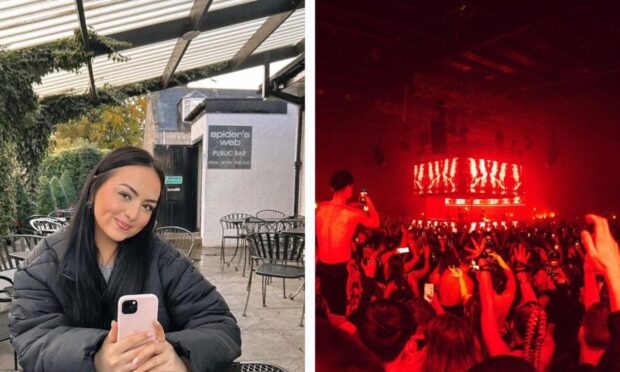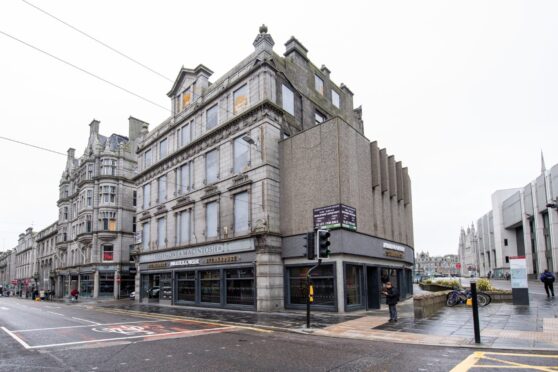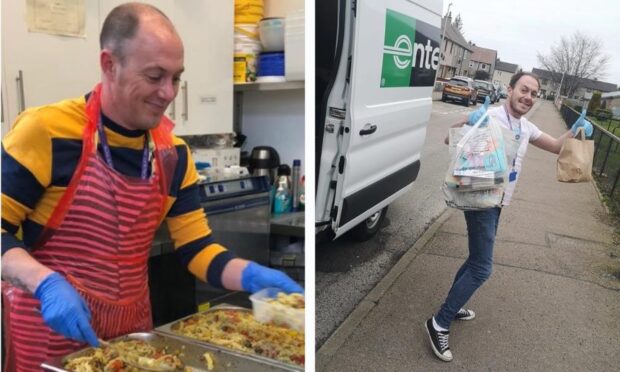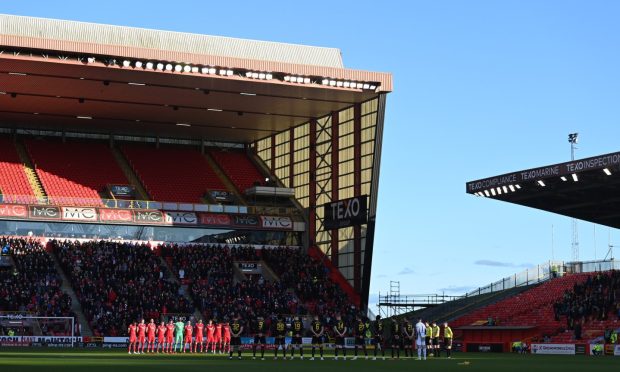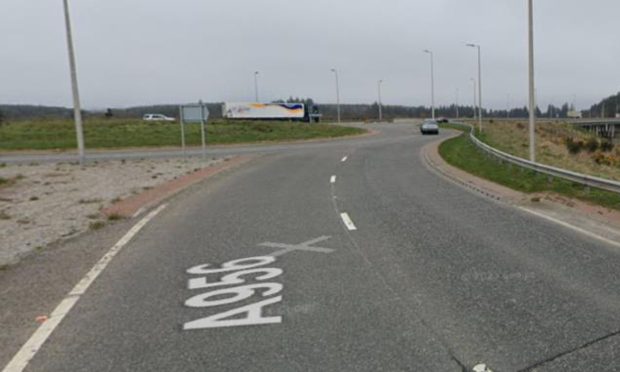Scotland’s air pollution levels hit legal limits for the first time in 2020, new figures have revealed.
That achievement is being credited to the huge changes to public life during the Covid-19 pandemic and subsequent lockdowns put in place to limit its spread.
Government instructions to stay at home, and closure of schools and offices saw traffic numbers on the road plummet as the country ground to a halt from March until restrictions were eased in July.
The country’s leading environmental campaigning organisation, Friends of the Earth Scotland, says that has led to a massive improvement in air qualities in cities such as Aberdeen and Inverness, both of which experienced a steep drop in toxins from diesel leading to a improved air quality.
In Aberdeen, one of the city’s worst areas for diesel pollution, Wellington Road, saw its level of harmful nitrogen dioxide drop from an average of 35 microgrammes per cubic metre across 2019 to 24.99 in 2020.
Union Street and Market Street saw similar drops during 2020 to averages of 23.79 and 22.43 respectively. And further down the scale, King Street and Errol Street saw their levels drop from 20.1 and 16.3 in 2019 to 15.5 and 13.1 in 2020, respectively.
In Inverness, Academy Street was the worst in the city for air pollution. It was a drop in its levels of nitrogen dioxide from 42.7 in 2019 to 26.9 in 2020. The city as a whole saw its levels drop from 16.5 to 12.6 over the same period.
Both cities saw temporary walking and cycling routes introduced to support social distancing during the first lockdown last spring.
The air quality data, and traffic figures, show the improvements in air quality due to Covid-19 restrictions were short-lived and pollution soon returned to high, pre-pandemic levels. However the drop in the spring was sufficient to bring the annual average down considerably on 2019 levels.
Friends of the Earth Scotland insists it shows a clear link between car journeys and pollution levels and called on local authorities in the north and north-east to do more to maintain the low levels.
The charity’s air pollution campaigner Gavin Thomson said: “It’s a huge pity that it took a deadly pandemic to bring our air quality within legal limits. Scotland’s car-choked transport system was brought to a halt in Spring, and this is why our annual averages of pollution are much lower than previous years. Any improvements in air quality in Scotland have been short-lived with traffic quickly returning to pre-pandemic levels.
“We need to remember that pollution damages our health through long-term exposure, such as living near a main road throughout your childhood. The reduced pollution for a couple of months during the strictest lockdown is unlikely to have many long-term health benefits.”
The legal air quality standards, which came into force in 2010, have been breached every year in Scotland.
Mr Thomson added: “The Scottish Government’s recently published ‘Cleaner Air for Scotland’ strategy contains very few ideas for reducing polluting traffic and cleaning up our transport system. The government and councils must seize this moment to rethink how we plan our towns and cities, and how we move around.
“Temporary improvements in air quality arrived at an enormous cost to our communities and societies. There was no intention or concerted political action to reduce emissions, which is why the falls were not maintained when restrictions eased. We need a just and green recovery, including investment in our public transport and more options for safe walking and cycling, to improve the air we breathe permanently.”
